- Home
- About
- Hospitals
-
Treatments
- Orthopedic & Spine
- Knee Replacement
- Carpal Tunnel Release
- Rotator Cuff Repair
- Meniscus Repair / Meniscectomy
- Total Hip Replacement (THR)
- Total Shoulder Replacement
- Arthroscopy
- Ligament Reconstruction
- Spinal Fusion
- Discectomy
- Laminectomy
- Spinal Decompression
- Vertebroplasty and Kyphoplasty
- Fracture Repair
- ACL Reconstruction
- Tendon Repair
- Osteotomy
- Amputation
- Pediatric and Adult Cardiac
- Neuroscience
- Oncology
- Nephrology & KTP
- Gastroenterology & Hepatobiliary
- Obstetrics and Gynaecology
- Infertility
- Dental & Maxillofacial
- Plastic & Cosmetic Surgery
- Rhinoplasty
- Blepharoplasty (Eyelid Surgery)
- Facelift (Rhytidectomy)
- Breast Augmentation (Mammoplasty)
- Breast Reduction (Mammoplasty)
- Breast Lift (Mastopexy)
- Liposuction
- Abdominoplasty (Tummy Tuck)
- Brazilian Butt Lift (BBL)
- Lip Augmentation
- Breast Reconstruction
- Cleft Lip and Palate Repair
- Scar Revision
- Burn Reconstruction
- Botox Injection
- Ophthalmology
- Otolaryngology (ENT)
- Endocrinology
- General and Minimal Invasive Surgery
- Pulmonology
- Rheumatology
- Urology
- General Medicine
- Ayurvedic Treatment
- Orthopedic & Spine
- Doctors
- Contact Us
Rotator Cuff Repair
Rotator Cuff Repair is a surgical procedure performed to treat a torn or damaged rotator
cuff in the shoulder. The rotator cuff is a group of four tendons and
associated muscles that surround the shoulder joint, providing stability and
enabling various shoulder movements. When one or more of these tendons are torn
or damaged, it can result in pain, weakness, and limited range of motion in the
shoulder. The primary goals of rotator cuff repair surgery are to alleviate
pain, improve shoulder function, and prevent further degeneration of the
rotator cuff tendons.
Here is an overview of the rotator cuff repair procedure:
Preoperative Evaluation: Before the surgery, the patient undergoes a thorough evaluation, which
may include physical examinations, imaging studies (such as MRI), and a
discussion of the patient's medical history and goals for the surgery.
Anesthesia: Rotator
cuff repair surgery is typically performed under general anesthesia, which
means the patient is asleep and pain-free during the procedure.
Surgical Approach: The surgeon can choose between open surgery and arthroscopic surgery.
Arthroscopic surgery is less invasive and involves using a small camera
(arthroscope) and specialized instruments inserted through tiny incisions,
while open surgery involves a larger incision to access the shoulder joint. The
choice of approach depends on the size and location of the rotator cuff tear
and the surgeon's judgment.
Tendon Repair: The torn or damaged rotator cuff tendon(s) is repaired by stitching it back
to the bone using sutures and/or anchors. The surgeon may remove any damaged
tissue or spurs that contribute to the problem.
Grafts and Augmentation: In some cases, the surgeon may use graft tissue or other materials to
reinforce the repair and promote healing. This is especially common in large or
complex tears.
Glenohumeral Joint Examination: The surgeon may assess the health of the glenohumeral joint (the
shoulder joint) and address any additional issues, such as labral tears or
arthritis, during the same surgery if needed.
Incision Closure: After the repair is complete, the incisions are closed with sutures or staples,
and a sterile dressing is applied.
After the surgery, patients typically undergo a rehabilitation program
that includes physical therapy. The specific post-operative rehabilitation
program will be tailored to the patient's needs and the extent of the rotator
cuff repair. The goal of rehabilitation is to promote healing, restore strength
and mobility, and prevent re-injury.
Recovery time varies depending on the extent of the repair and the
patient's adherence to the rehabilitation program. It may take several months
to regain full shoulder function. While the success rate of rotator cuff repair
is generally high, the outcome can vary depending on factors such as tear size,
age, and overall health.
Patients should follow their surgeon's post-operative instructions carefully and commit to the rehabilitation process to optimize the chances of a successful outcome.
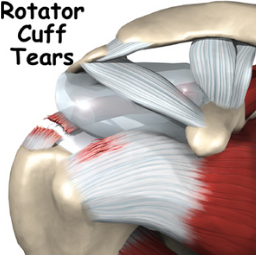


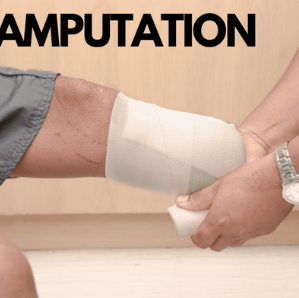
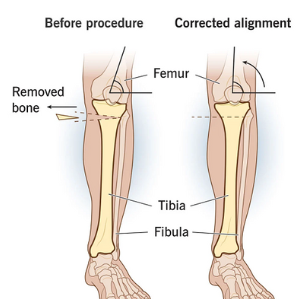

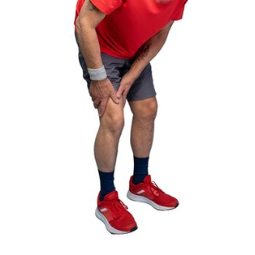
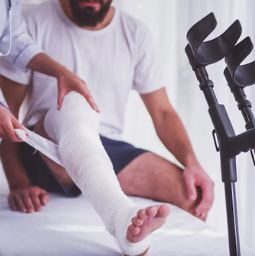
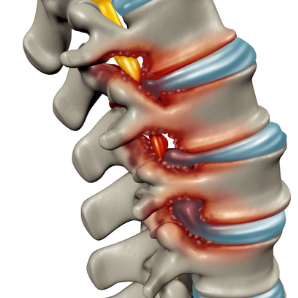
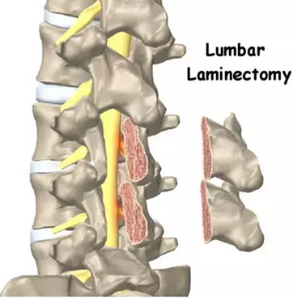
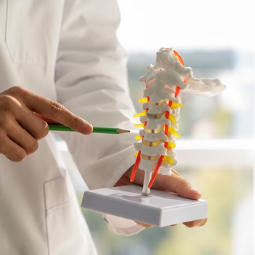
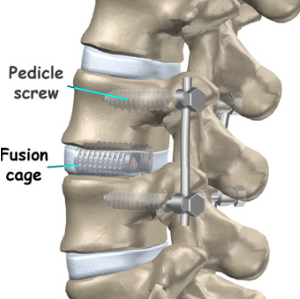
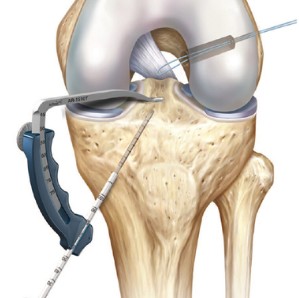
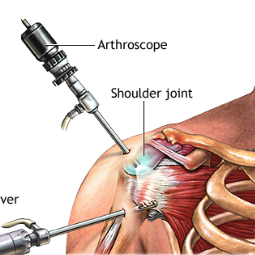
.png)